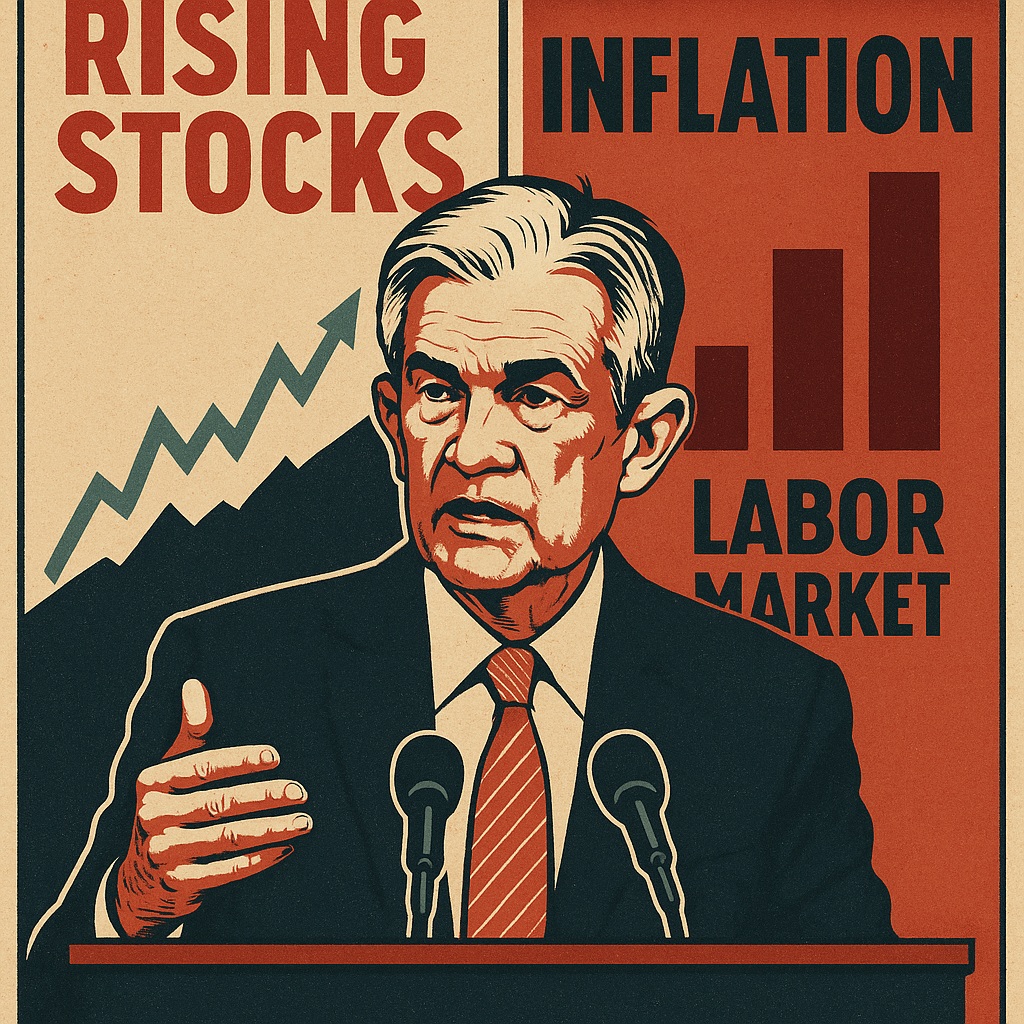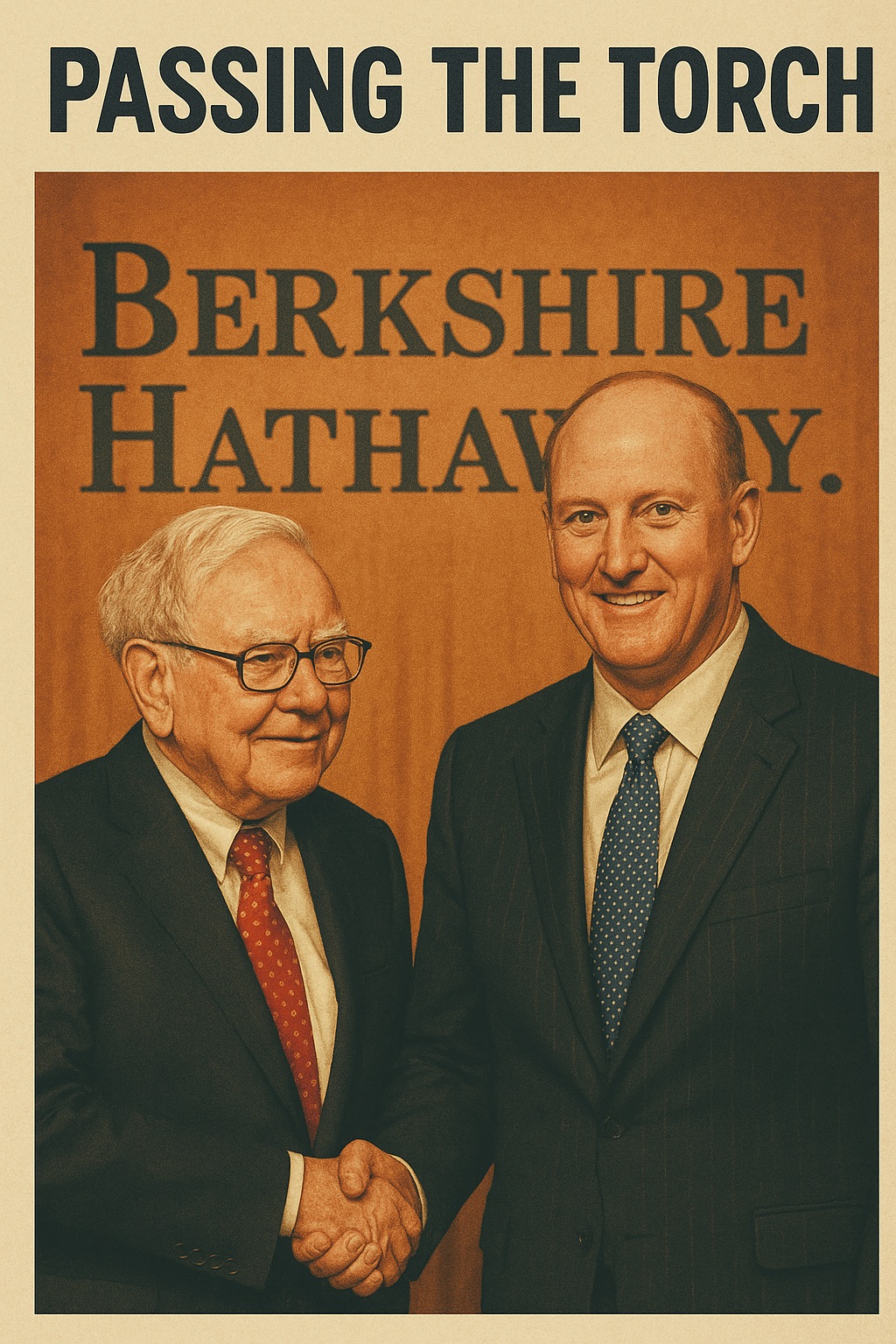Today, May 7th, 2025, the Federal Reserve decided to hold interest rates steady at 4.25% to 4.5%, leaving markets with more questions than answers.
While the move wasn’t a surprise, the tone behind it was: measured, uncertain, and cautious. With inflation lingering and fresh tariffs shaking up global trade, the Fed is navigating a tough path.
Here’s what happened, why it matters, and what could come next.
Rates Stay Put—But the Message Changed
At its latest FOMC meeting, the Fed chose to keep the federal funds rate unchanged, a position it has held since a 25-basis-point cut in December 2024.
The central bank noted that the economy is still growing at a solid pace. Unemployment remains low, and the labor market is stable. But inflation is still “somewhat elevated.” That’s enough to keep the Fed on high alert.
You can read the official statement here.
Uncertainty Is Rising—and So Are the Risks
This wasn’t just a wait-and-see decision.
The Fed explicitly stated that “uncertainty about the economic outlook has increased further.” This is important. It signals that the Fed isn’t just watching inflation and employment, it’s reacting to new pressures that could shift the economy quickly.
One of those pressures? Tariffs.
President Donald Trump’s ongoing tariff policies have introduced new volatility into trade and supply chains. That makes it harder to predict what inflation will do next, and puts more stress on U.S. businesses.
As NBC News reported, Fed Chair Jerome Powell noted the Fed isn’t in a rush, citing a resilient economy but acknowledging the added complexity from trade changes.
Markets React Calmly… For Now
Despite the uncertainty, Wall Street didn’t panic.
The Dow Jones closed nearly 300 points higher by the end of trading day. Stocks initially dipped but recovered as investors digested the Fed’s balanced message.
Traders, however, are already looking ahead. Many are expecting up to three rate cuts later this year. According to CNBC, the next cut could come in July, although the chance of a June cut is below 30%.
These odds are tracked using the CME FedWatch Tool, a real-time indicator of market expectations for Fed moves.
Balance Sheet Tightening Still in Play
Alongside interest rates, the Fed continues its quantitative tightening program. That means it’s gradually reducing its holdings of Treasury securities, agency debt, and mortgage-backed securities.
As noted in the March 2025 meeting, the Fed slowed the pace of reductions by lowering the cap on monthly Treasury redemptions from $25 billion to $5 billion. This slow unwind is designed to shrink the Fed’s balance sheet without triggering market instability.
Why the Fed Is Walking a Tightrope
The challenge the Fed faces is twofold.
If they cut rates too soon, inflation could heat back up. But if they hold rates too long, they risk pushing the economy into a slowdown. Or worse, a rise in unemployment.
The balancing act has become more difficult in light of Trump-era tariffs, which have introduced economic drag and pricing distortions. The Fed may eventually have to choose between fighting inflation or supporting jobs if the effects worsen.
A Quick Comparison: March vs. May
Back in March, the Fed also held rates steady. But there was more confidence in the outlook.
At the time, they projected slower economic growth and higher core inflation by year-end. This was before the full impact of new tariffs began showing up in the data. Now, there’s less clarity. The tone in May reflected growing caution rather than confidence.
You can view the economic projections from March for comparison.
What This Means for You
Whether you’re an investor, business owner, or just keeping an eye on the economy, here’s what to take away:
- Borrowing costs are holding steady for now.
- If inflation ticks down and the economy cools, rate cuts may come this summer.
- The job market and inflation reports in May and June will be critical.
- Global trade and tariffs could accelerate volatility in both markets and data.
If you’re watching markets, expect more sideways movement until the Fed has clearer data. If you’re a business owner, stay nimble. Economic policy is shifting under your feet.
The Fed may not have moved rates, but their words speak clearly.
They’re cautious. They’re not in a rush. But they’re ready to respond if the numbers tell them to.
Until then, markets will keep guessing—and the data will drive the next move.



